Table of Content
The Centre has authorized the building of two crore more houses under the PMAY-G program, requiring a new beneficiary list based on revised criteria, including the option for 'self-survey' for the first time. As per a Rural Development Ministry source, facial recognition technology will be utilized for the first time by both surveyors and respondents to ensure transparency.
Launched in 2016, the main rural housing scheme Pradhan Mantri Awas Yojana-Gramin (PMAY-G) aimed to build 2.95 crore permanent houses within five years.
Also Read: What are the Documents Required to Buy a Property in India?
As per the Rural Development Ministry, 2.67 crore homes have been built through PMAY-G since the program started, while approximately 77 lakh homes that were pending under the Indira Gandhi Awas Yojana have been finished.
Government officials have stated that the remaining 3.5 million houses not completed by March 31 will be finished in order to reach the total goal of 29.5 million houses from the previous phase.
The next part of the plan, which was sanctioned by the Union Cabinet earlier this year, aims to build two crore more houses. Eligible families in plain areas will receive Rs 1.20 lakh, while those in Northeastern states and hill states like Himachal Pradesh, Uttarakhand, and Union Territories of Jammu and Kashmir, and Ladakh will get Rs 1.30 lakh.
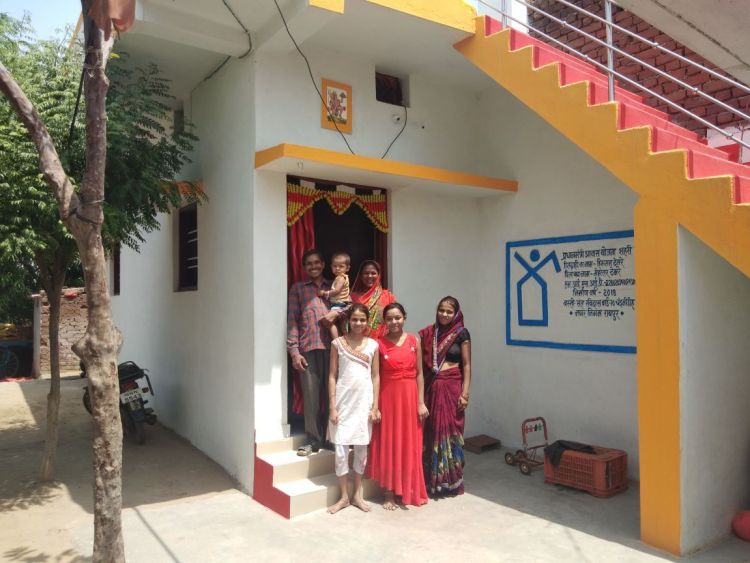
Allocations for the rural housing scheme were first determined by the SECC 2011 PWL, and later by the Awaas+ (2018) list. Nevertheless, in 20 of the total 35 states, both rosters are full, necessitating a new survey to be conducted.
The official source stated that a new survey was needed to prevent any eligible beneficiaries from being excluded, as the criteria for the scheme have been loosened and some limits have been removed.
The situation has evolved since the latest survey conducted in 2018. The source mentioned that new surveys will be carried out using the Awas plus app.
In order to maintain transparency, surveyors have been assigned to each of the over 2.5 lakh panchayats in the country, with multiple surveyors allotted to panchayats with larger populations.
The goal of the ministry is to finish the survey within a time frame of three months.
For the sake of transparency, we have introduced a new face-based authentication feature for the first time. Before, we struggled to identify the surveyor. The source mentioned that this time, surveyors will be present at various panchayats to conduct a facial recognition and Aadhaar verification of the beneficiary.
According to the source, the surveyor must also go through a face authentication when submitting the survey to confirm their physical presence.
Those who may have missed being surveyed have the option to do it themselves using the Awas plus application. Nevertheless, just a single self-assessment can be completed using a mobile device.
The source mentioned that the survey process has started and a virtual workshop was conducted last week to train surveyors on how to use the mobile application.
Certain conditions that previously disqualified people from receiving PMAY-G have been eliminated under the revised eligibility criteria. This encompasses households with motorcycles, fridges, motorized fishing vessels, and landline telephones.
Previously, individuals with a relative making over Rs 10,000 a month were not eligible, but now that has been raised to Rs 15,000 according to the updated requirements. People who have irrigated land of less than 2.5 acres, or unirrigated land of less than 5 acres can now also benefit from the program.
During the next five years from FY 2024-2029, an additional two crore houses will be built under the second phase of PMAY-G to fulfill the housing demands that have emerged over time. This is anticipated to be advantageous for approximately 100 million people.
Also Read: Essential Guide to Car Parking Regulations in Indian Residential Societies

 (2) (1) (1)_1732086657.webp)
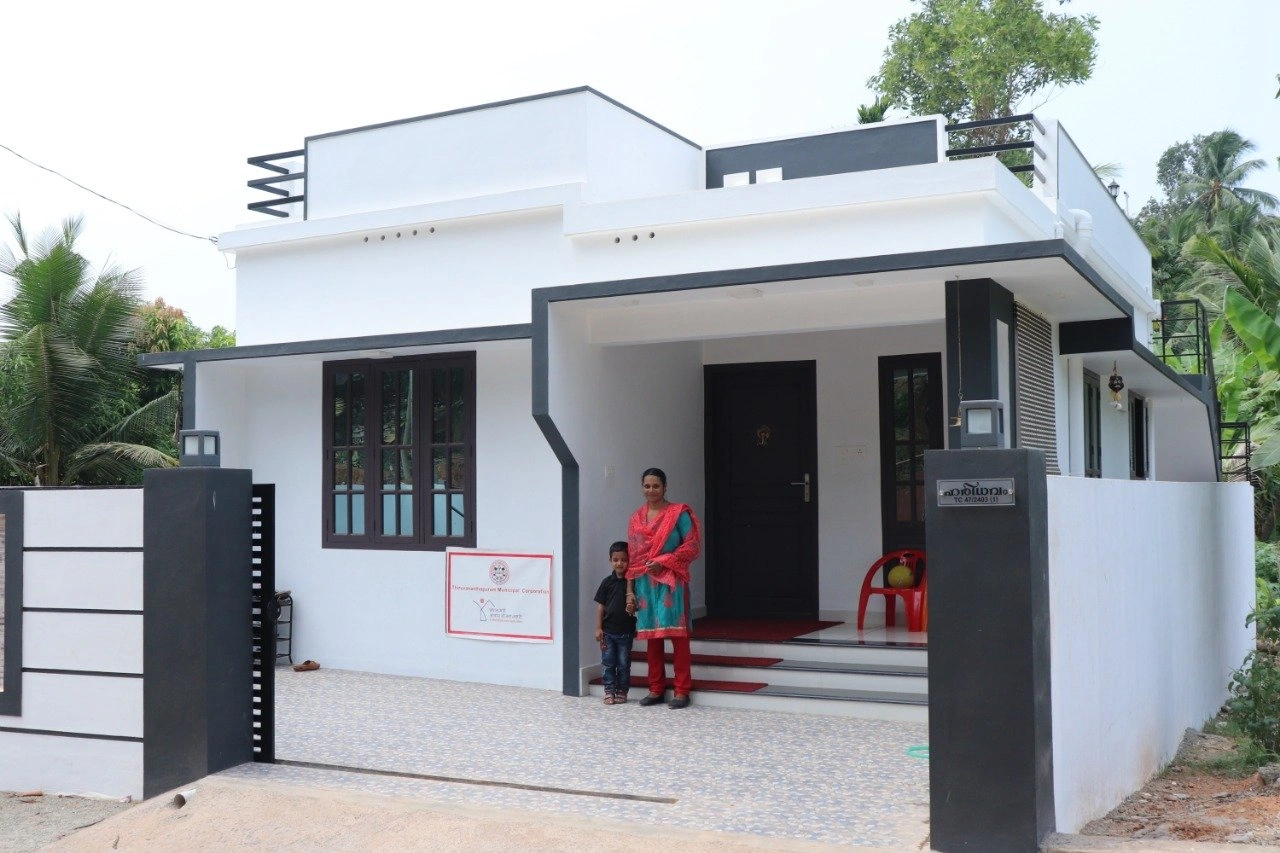
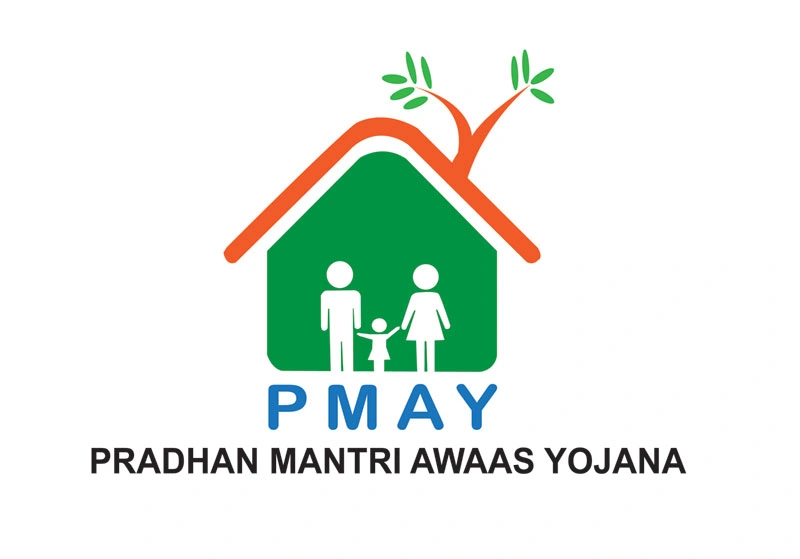
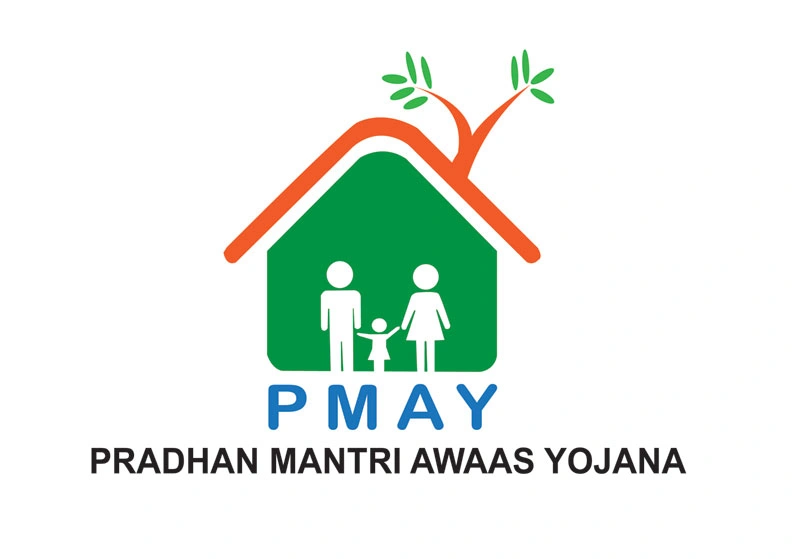

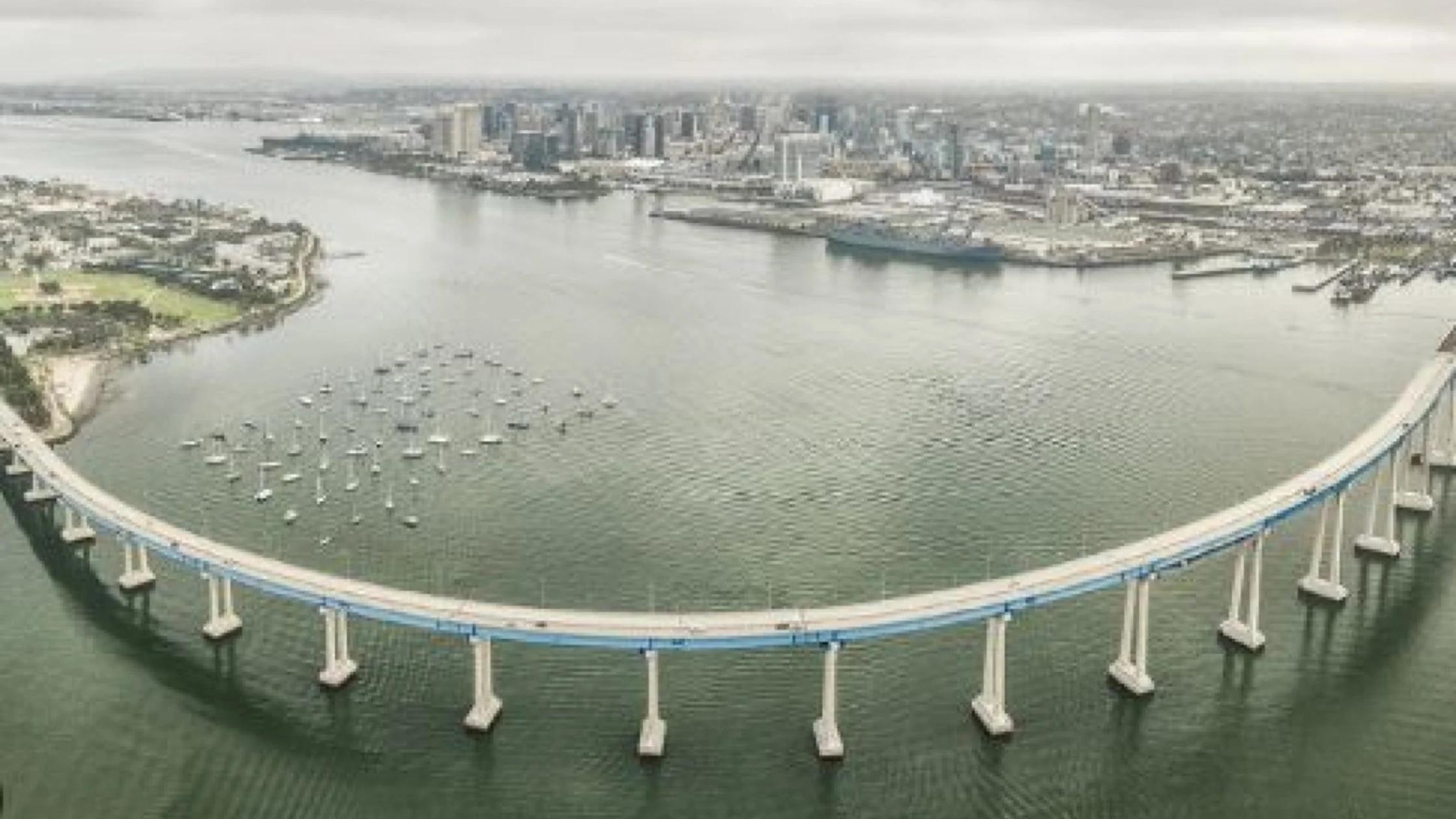
_1767854635.webp)
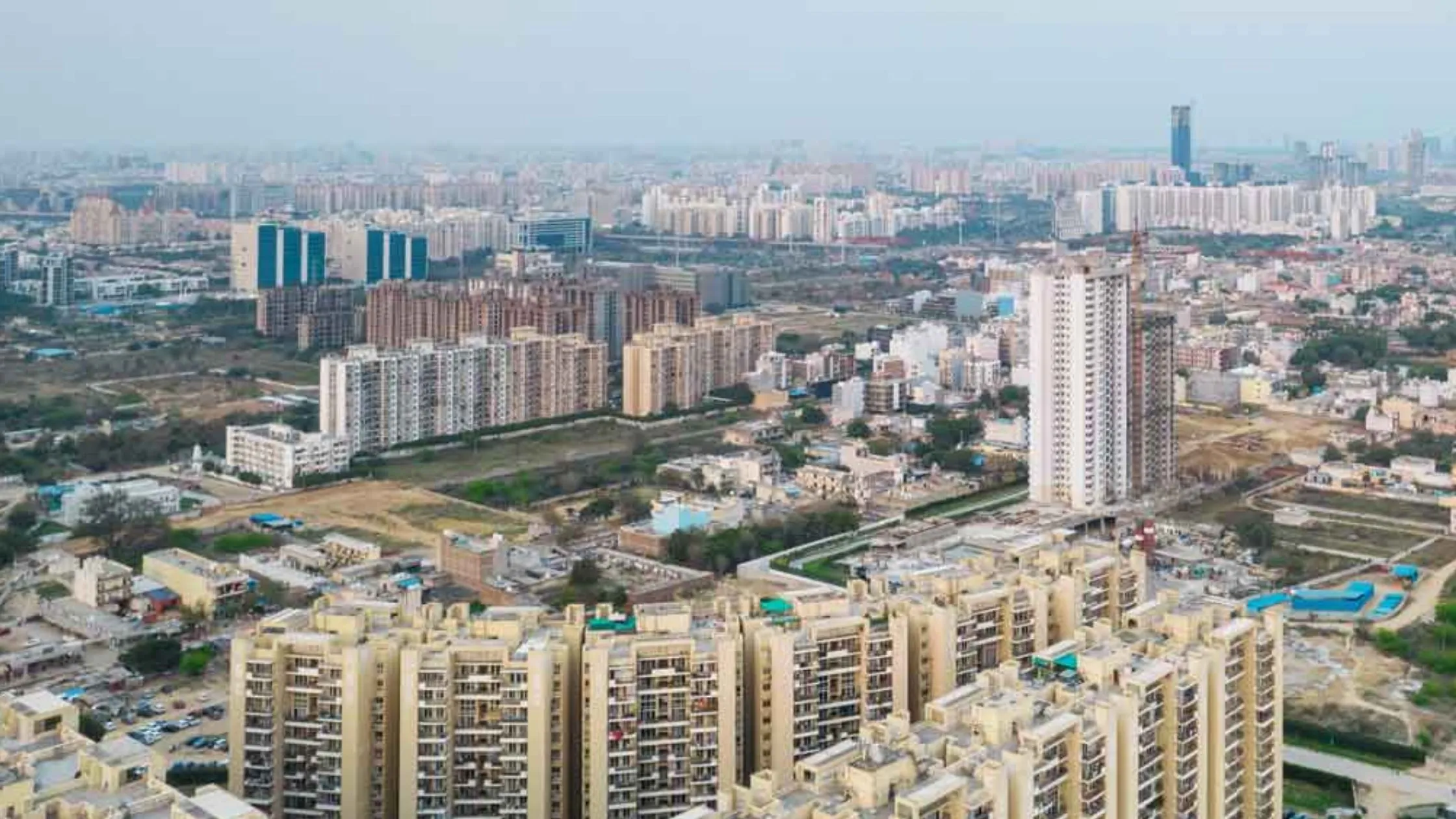
_1767769068.webp)

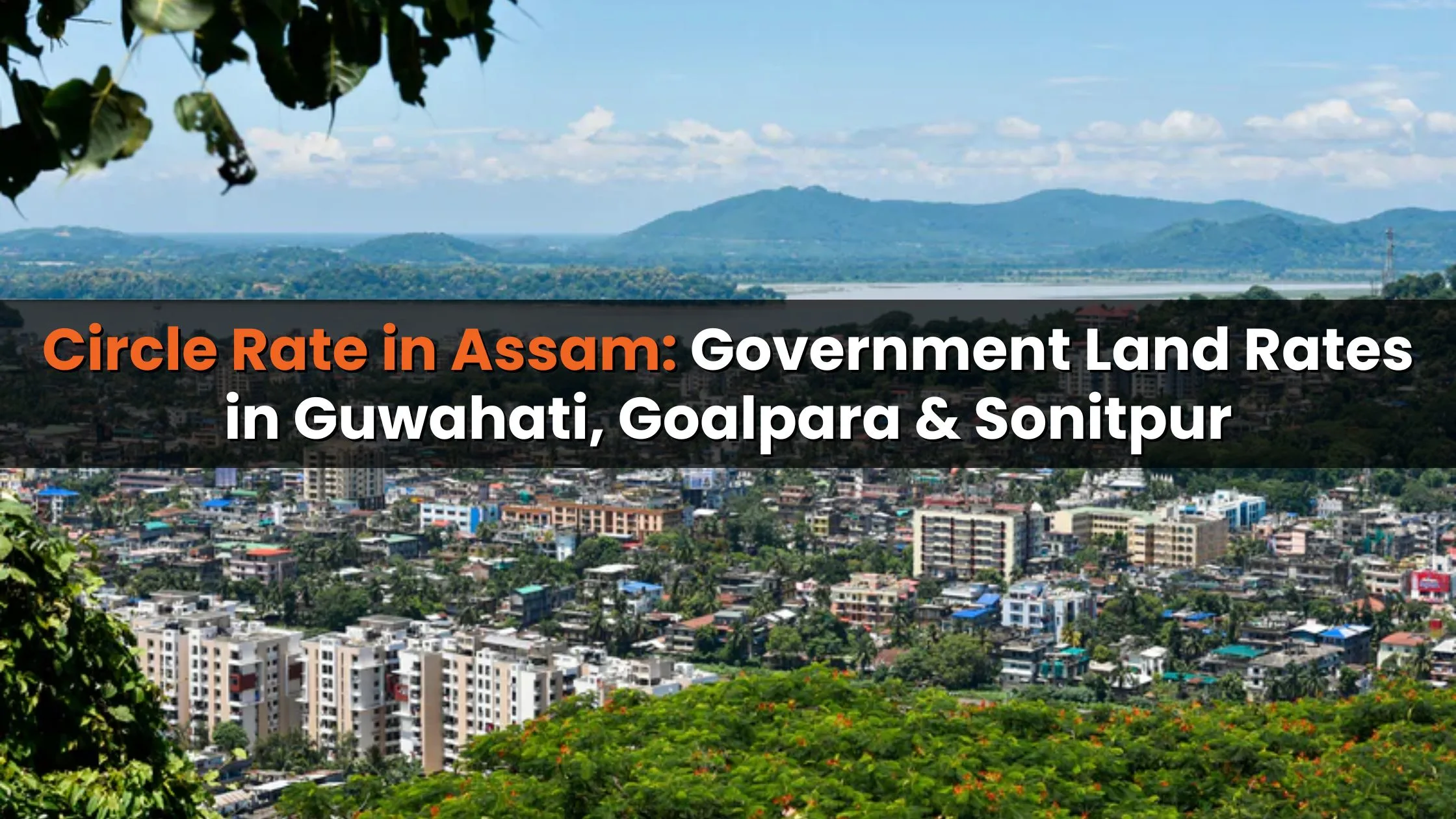
Ans 1. PMAY-G (Pradhan Mantri Awas Yojana – Gramin) is a rural housing scheme launched by the Government of India in 2016 to provide affordable housing to rural families. The goal is to build 2.95 crore permanent houses in rural areas by 2022.
Ans 2. The second phase of PMAY-G, approved by the Union Cabinet, aims to build an additional 2 crore houses. New features include self-surveys, the use of the Awas Plus app, and facial recognition technology to ensure transparency and accuracy in the beneficiary survey process.
Ans 3. Facial recognition technology will be used for both surveyors and beneficiaries to verify identities and ensure that the survey is conducted correctly. Surveyors will also undergo facial authentication when submitting their surveys, while beneficiaries will be authenticated through Aadhaar and facial recognition.
Ans 4. The eligibility criteria have been relaxed in the second phase. For example, households with motorcycles, fridges, and landline telephones are now eligible. The income limit for beneficiaries has also been increased from Rs 10,000 to Rs 15,000 per month.
Ans 5. Yes, beneficiaries who missed being surveyed can now conduct a self-survey through the Awas Plus app. However, only one self-assessment can be done per mobile device.
Ans 6. Surveyors will be assigned to each of the 2.5 lakh panchayats in India. They will use the Awas Plus app for conducting surveys and will verify beneficiaries using facial recognition and Aadhaar authentication. The goal is to complete the surveys within three months.
Ans 7. The eligibility for PMAY-G now includes families with a monthly income of up to Rs 15,000, those with less than 2.5 acres of irrigated land or less than 5 acres of unirrigated land, and households that previously owned motorcycles or refrigerators.
Ans 8. Under the second phase, the government aims to build 2 crore more houses in rural areas between FY 2024-2029 to meet the growing housing demand.
Ans 9. The new survey process has already started, and a virtual workshop has been conducted to train surveyors. The survey is expected to be completed within three months.
Ans 10. To ensure transparency, the new survey process uses facial recognition technology and Aadhaar authentication. Multiple surveyors will be assigned to each panchayat, and each surveyor's presence will be verified using facial recognition before submitting the data.